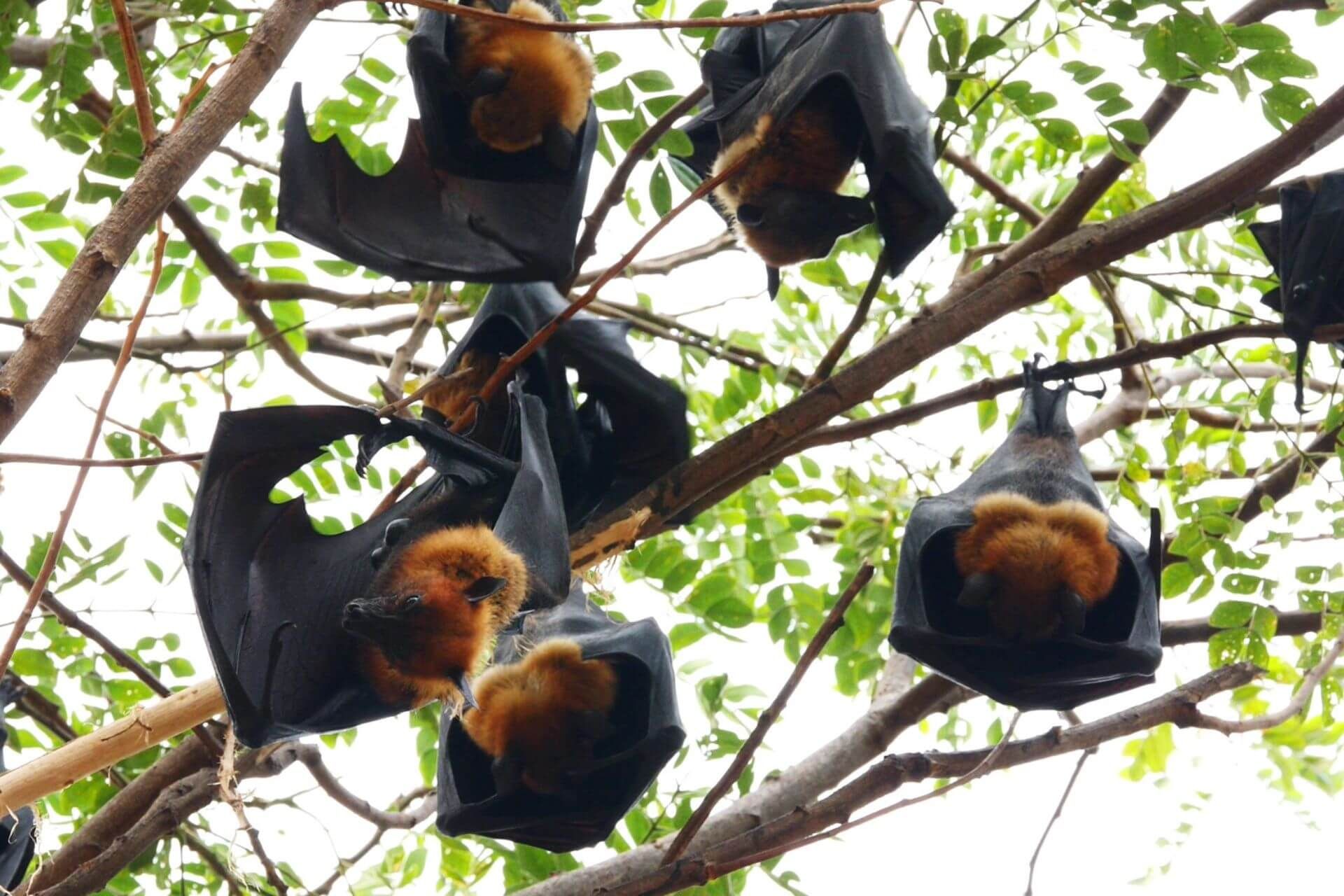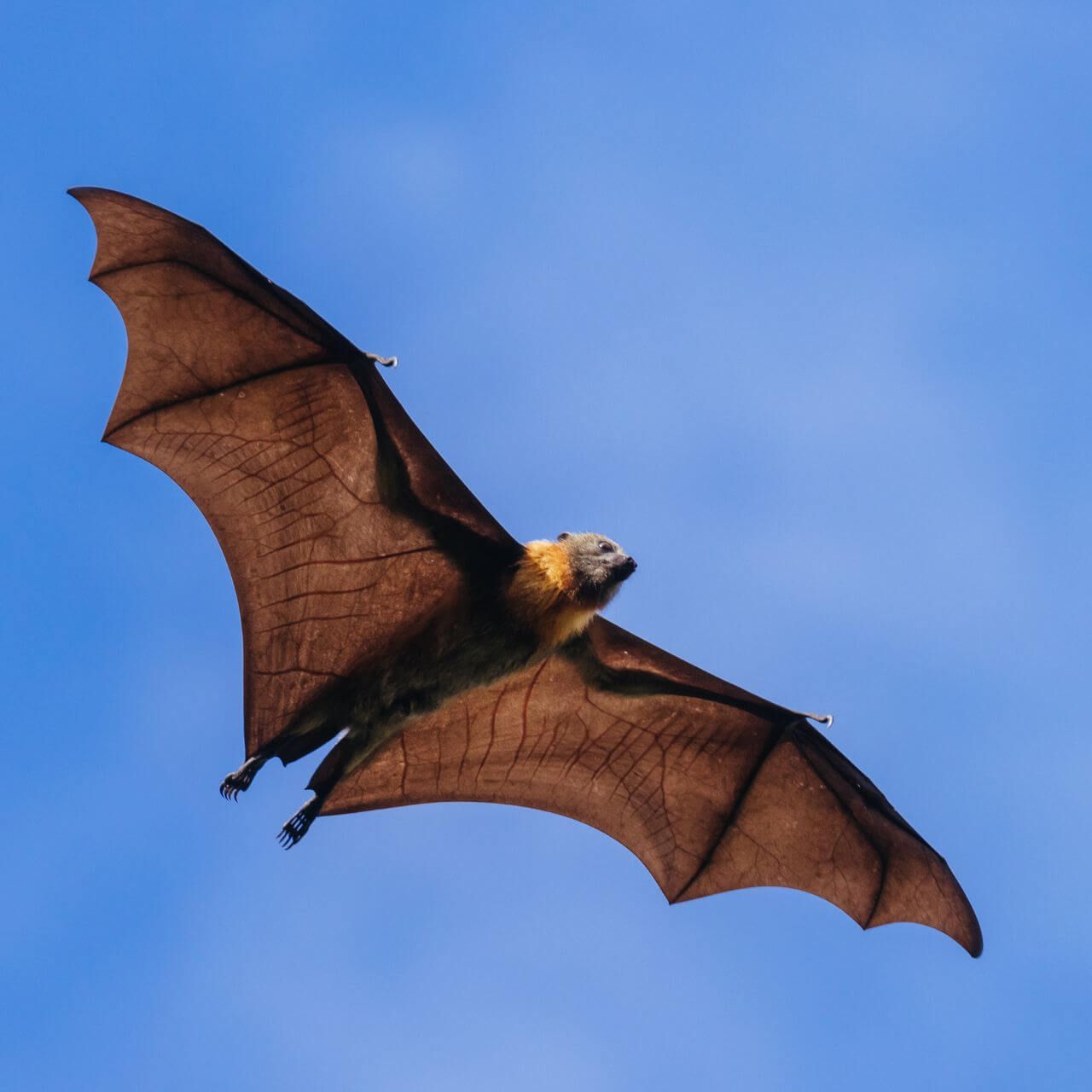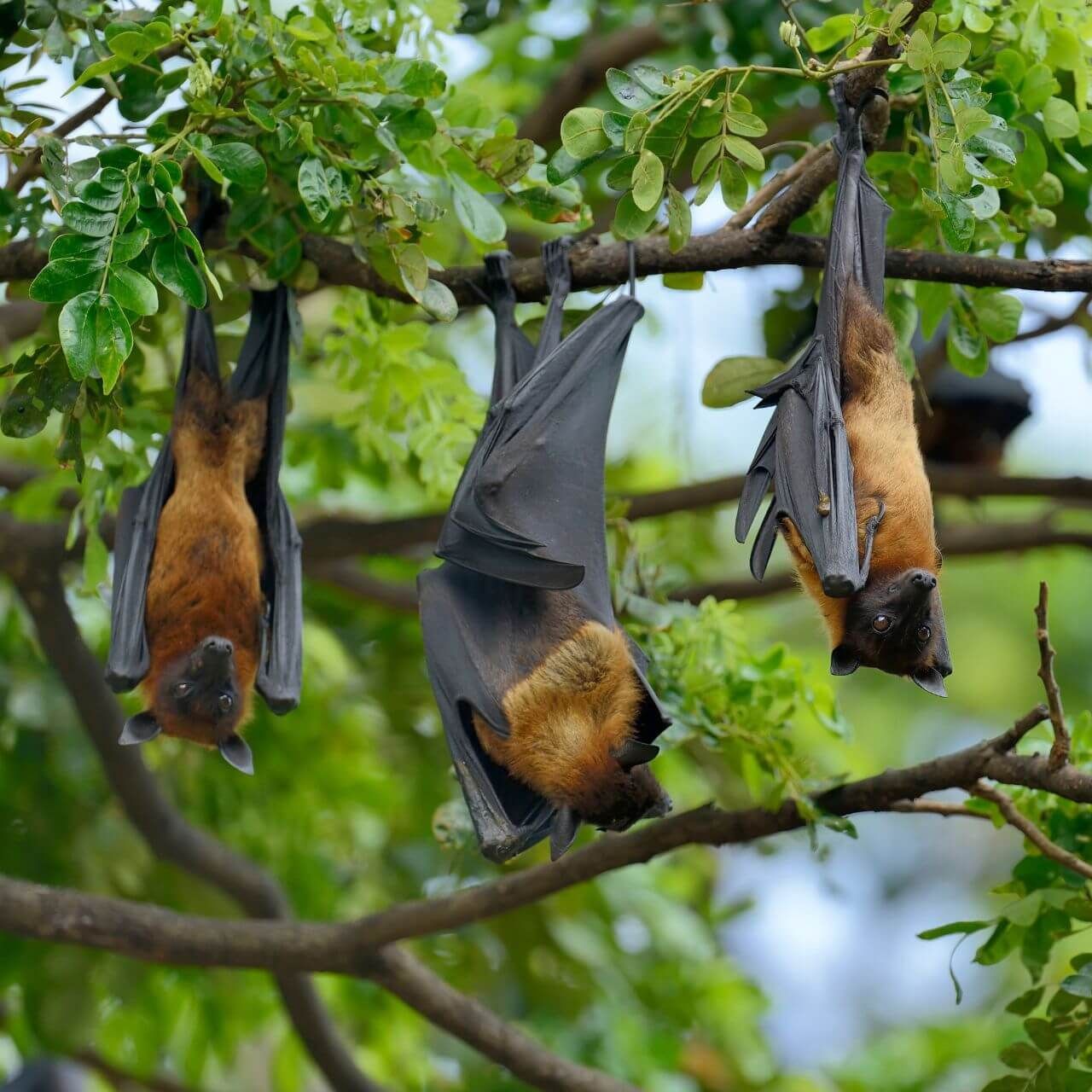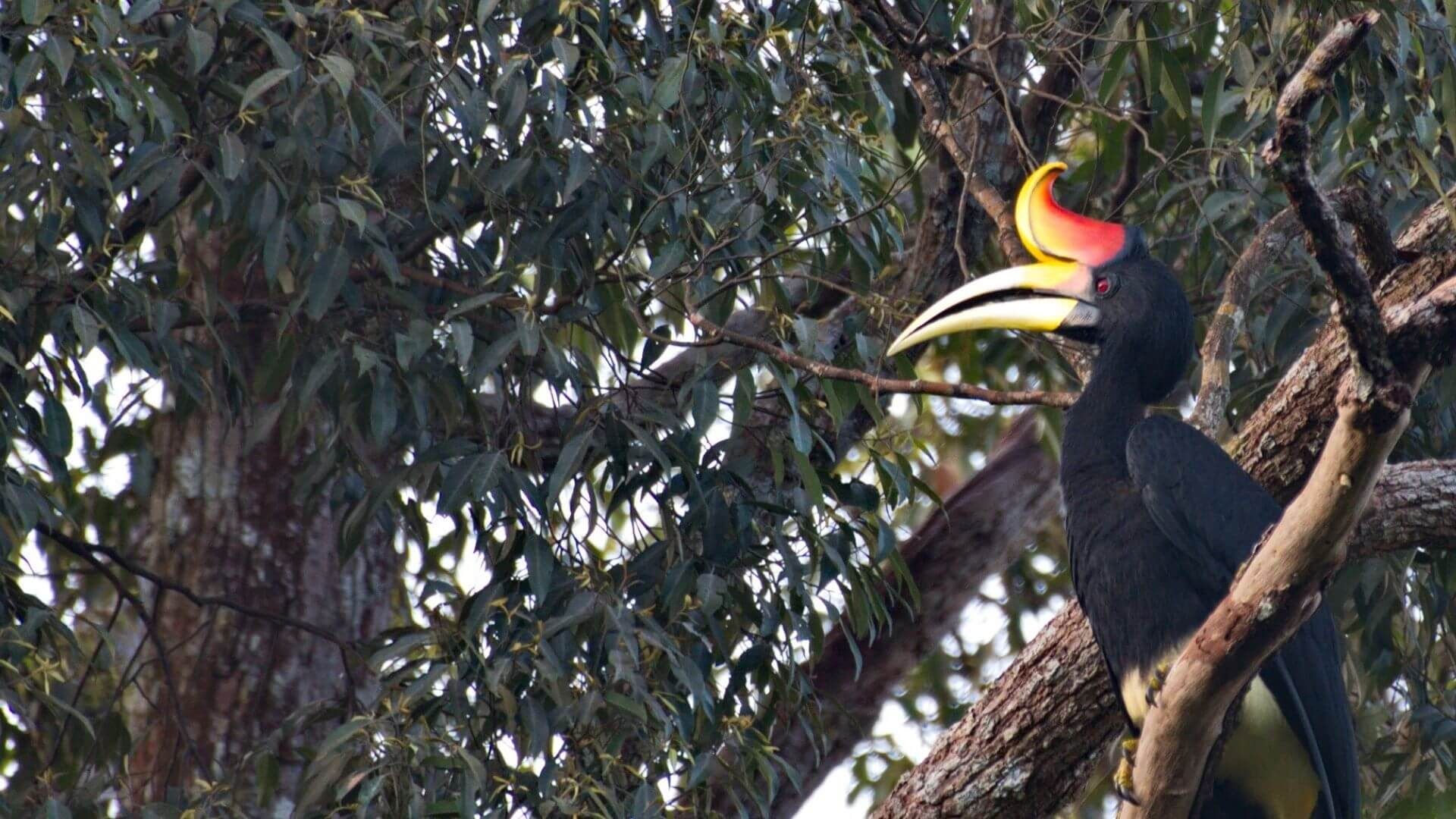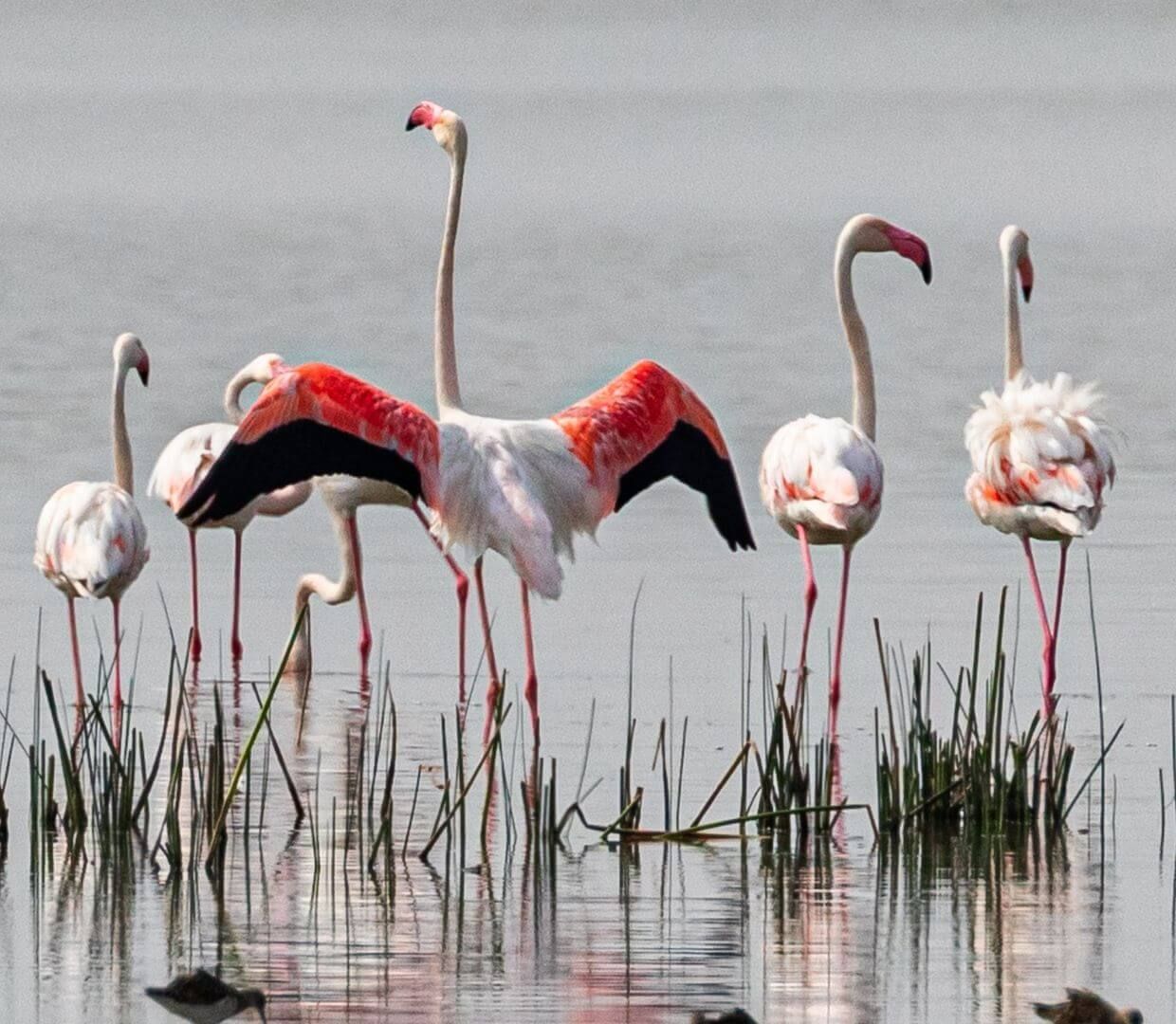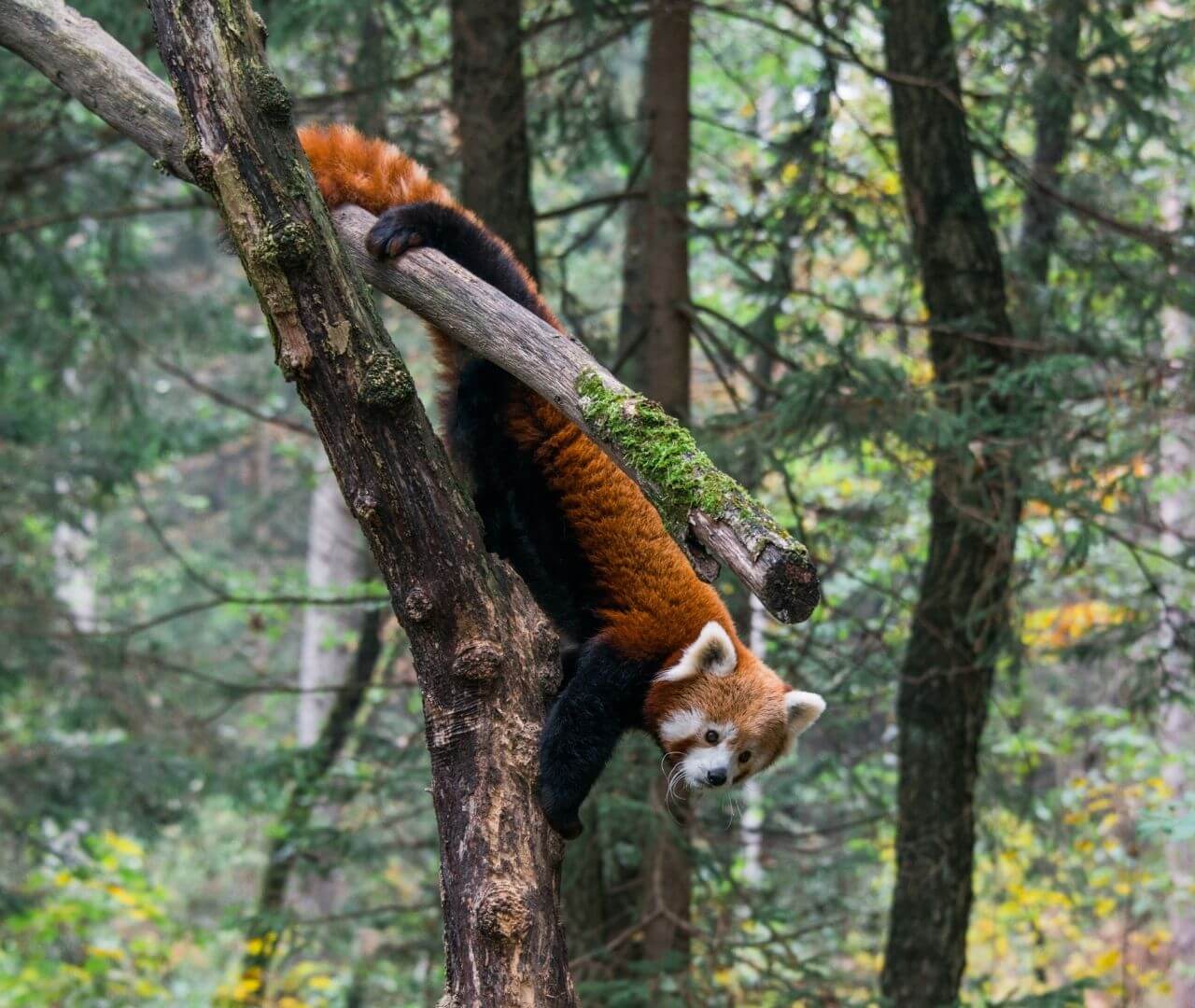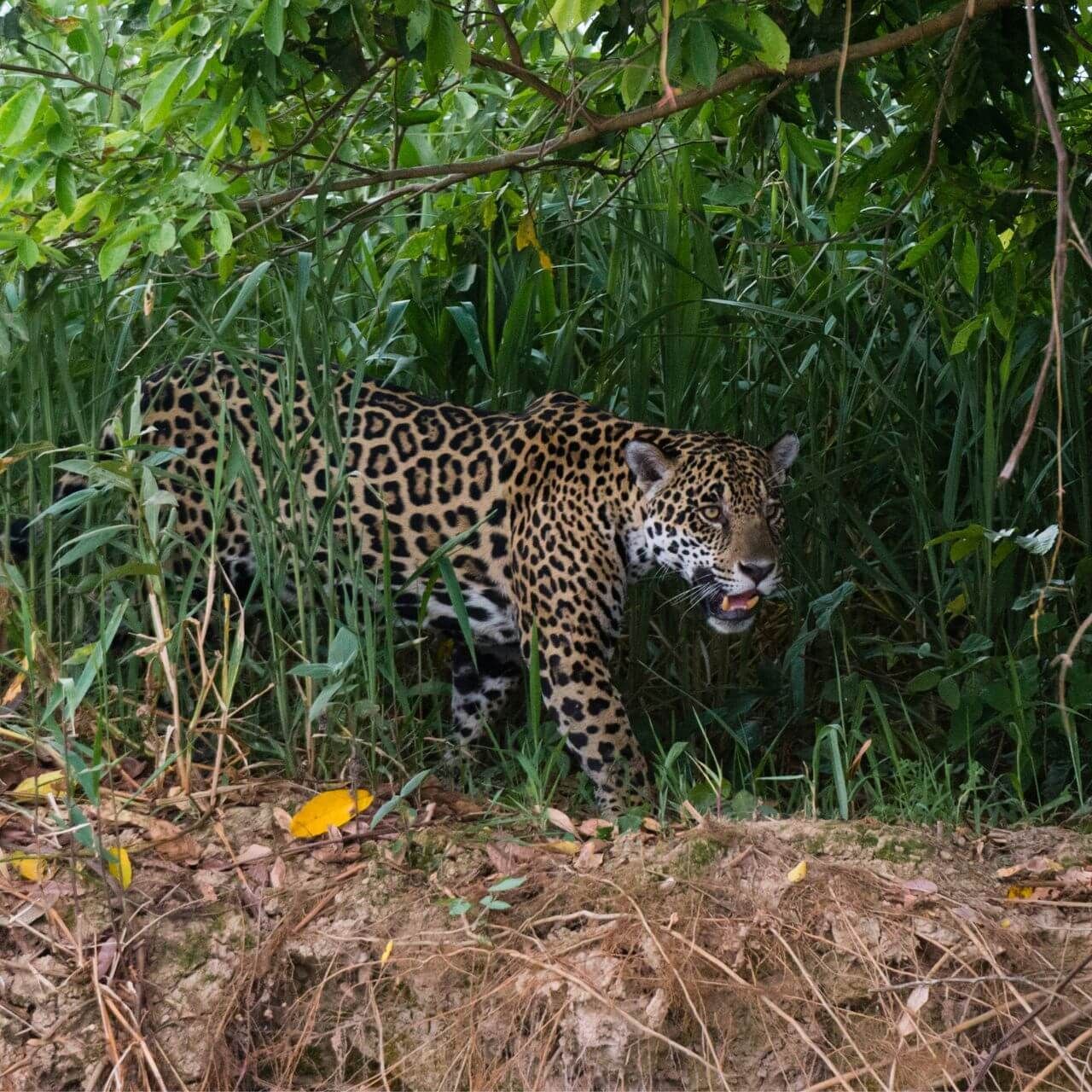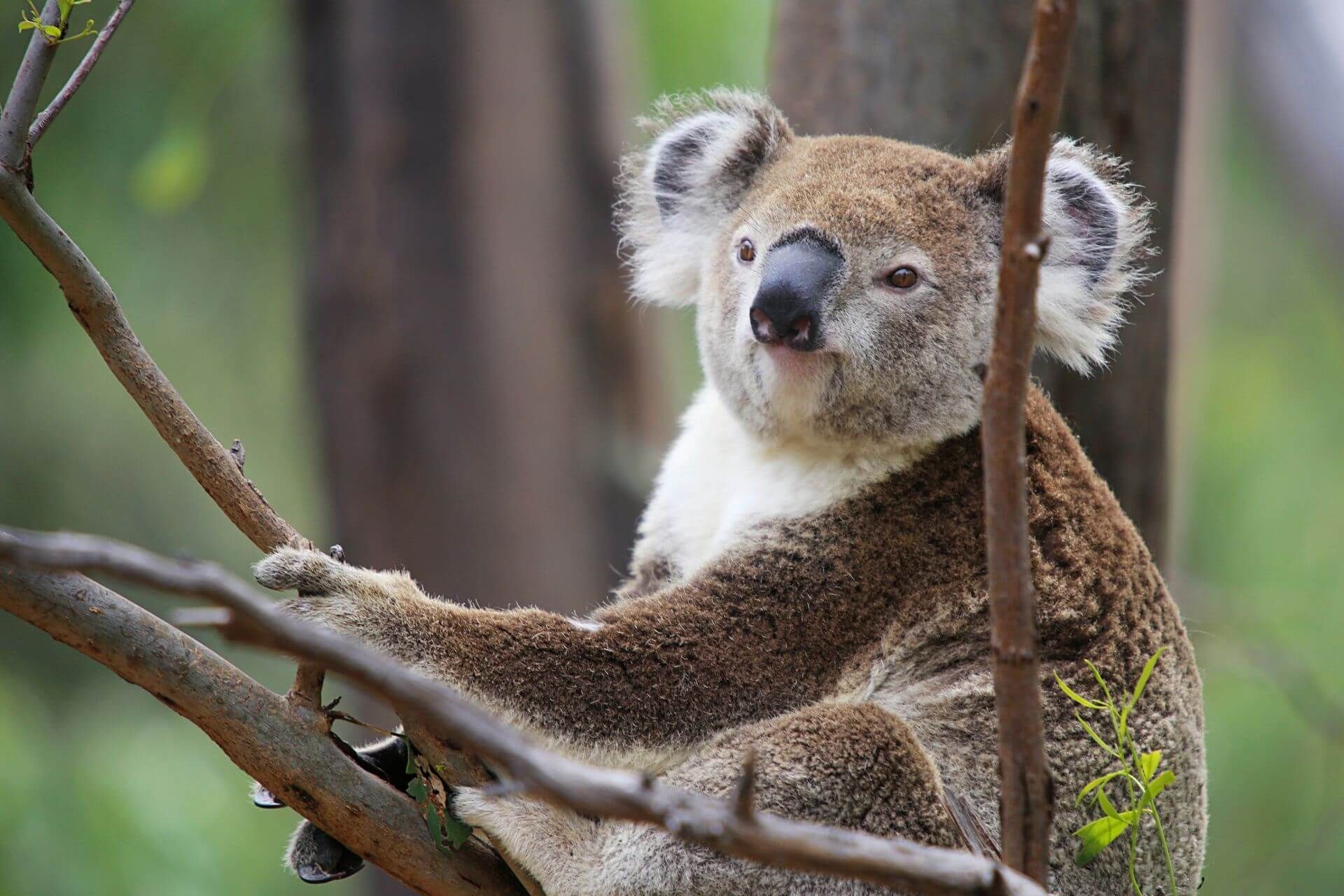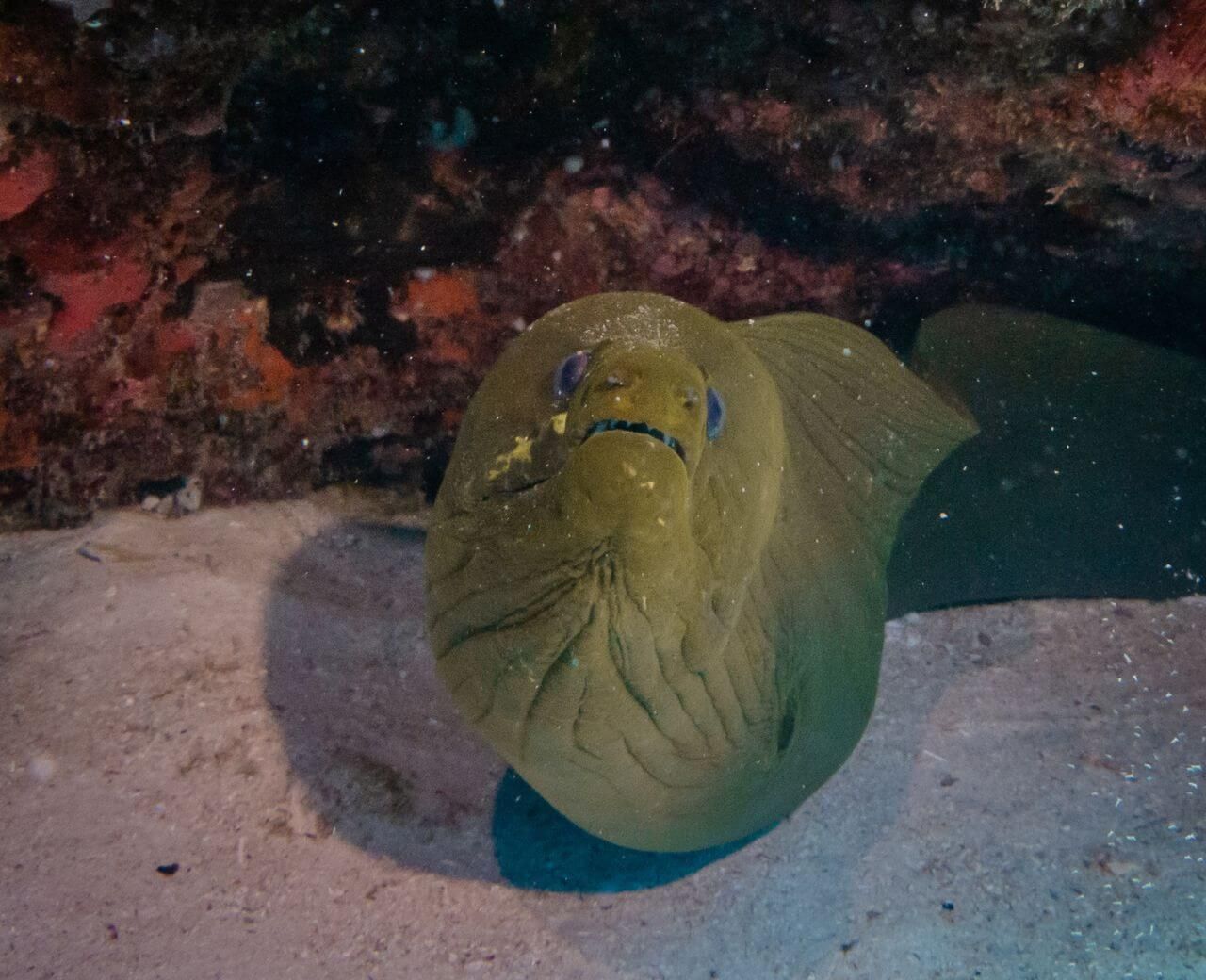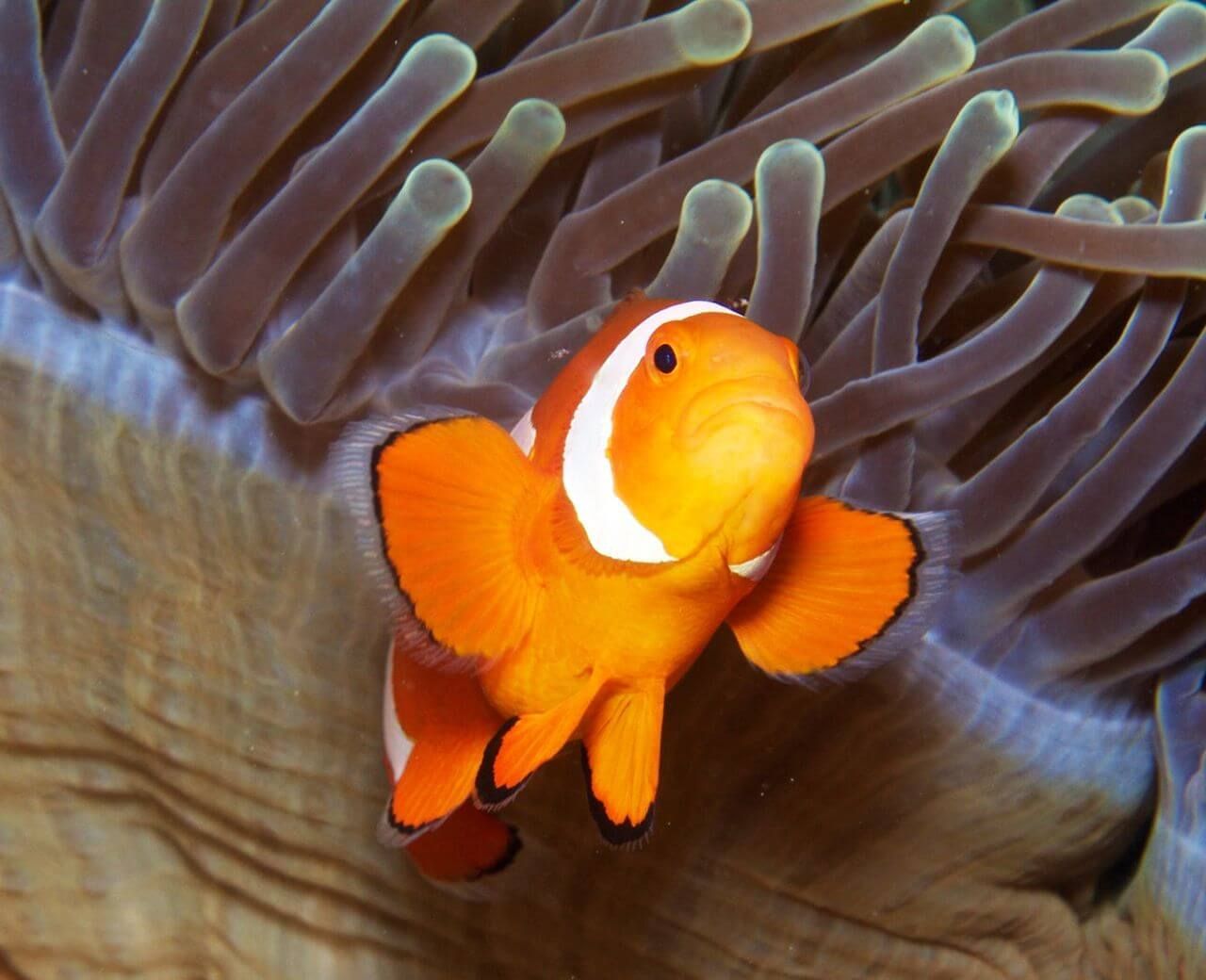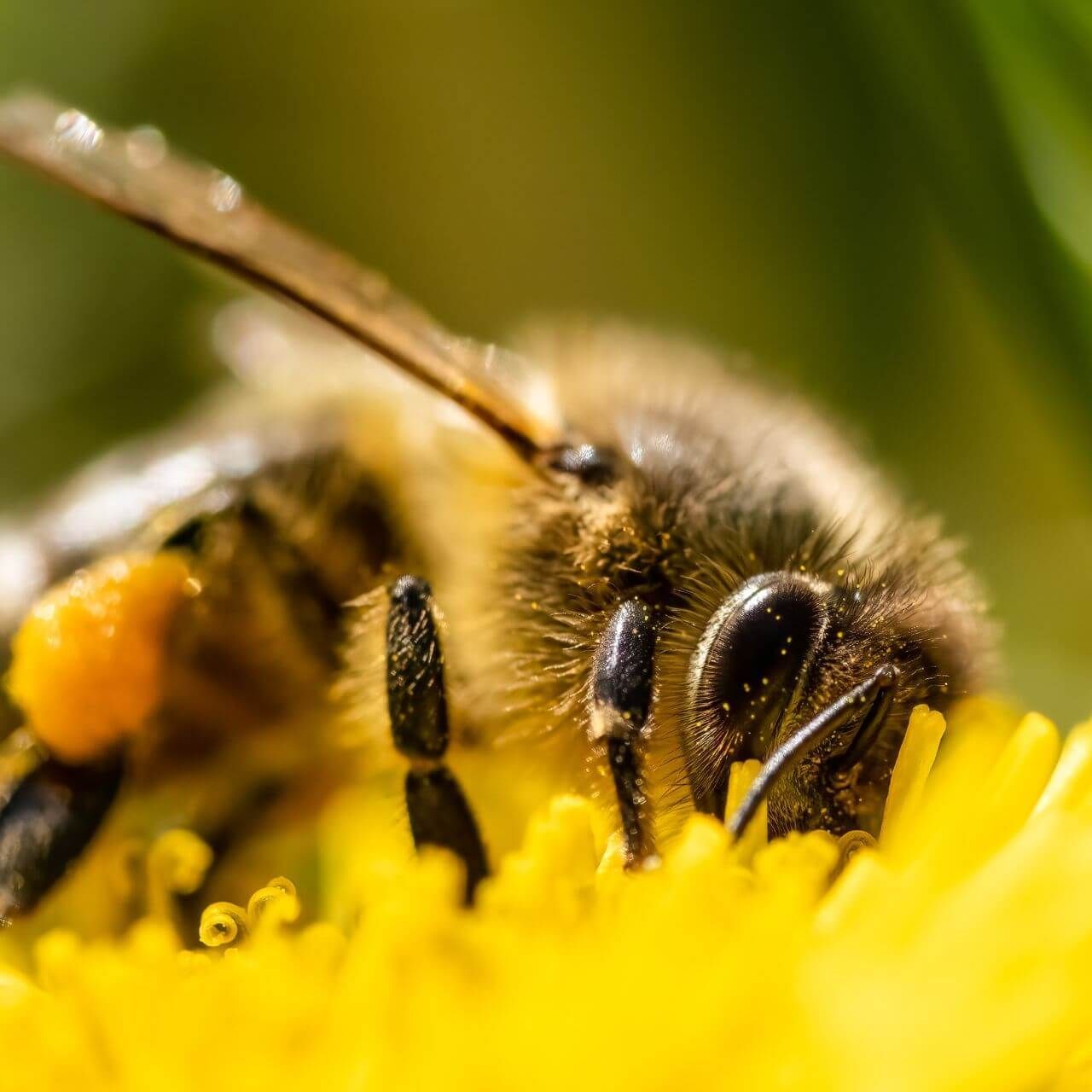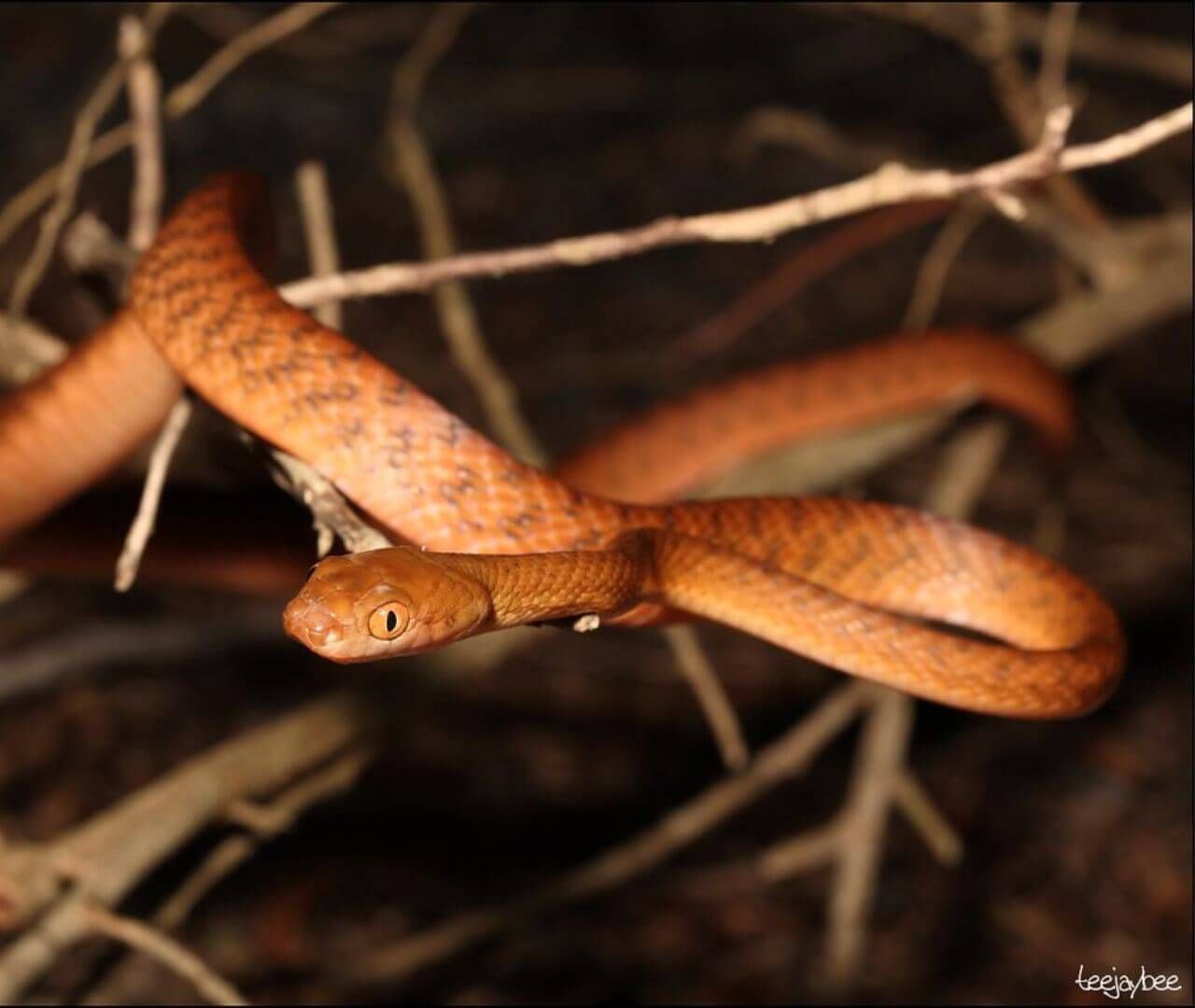Flying Foxes
What Kind of Animal Is a Flying Fox?
Though they are called flying foxes, these animals are actually a genus of large bats. They get the name flying fox from their large size and furry bodies, which sometimes resemble foxes. The largest species of flying fox has a wingspan that can reach more than 4 feet wide!
There are more than 60 species of flying foxes. They are found in eastern Africa, southern Asia, northern Australia, and on numerous islands in between.
What Do Flying Foxes Have in Common With Other Bats?
As a genus of bats, flying foxes have a lot in common with other bats.
They are mammals! Bats are unique because they are the only mammals that can truly fly. Like most mammals, bats are covered in fur (except for their wings) and have live offspring. Their wings are modified arms and hands that even have finger bones!
Most species are also nocturnal, though a few that live on islands are diurnal. Scientists think this is because there are few predators on those islands so flying foxes can fly freely in the daylight.
What Do Flying Foxes Eat?
Unlike most other bats, flying foxes are frugivores, meaning they feed mostly on fruit! Some species will also eat other plant matter, like nectar, and insects. As frugivores, they have an important job in nature.
They are seed dispersers! After feeding on fruit (including the seeds inside), they fly around and drop seeds in their waste. Flying foxes are especially important because they can move seeds between islands as they travel. The species that feed on nectar are also important pollinators.
While flying foxes have good eyesight, they rely mostly on their sense of smell to find fruit. Unlike some other bats, flying foxes do not have echolocation.
Do Flying Foxes Live in Groups?
Some flying foxes are solitary, meaning they live alone. However, most are gregarious, which means they live in a group. Flying foxes form large social groups that have a very loose social structure. A group of flying foxes is called a colony or a camp. Some species can have as many as 100,000 individuals in one camp!
Flying foxes typically have one offspring, called a pup, per year. They cling to their mom’s fur for the first several weeks of their life. They fledge around 3-4 months old but stay with their mom for more than a year. Most flying foxes can live to be about 15 years old.
Are Flying Foxes Endangered?
The biggest problem flying foxes face actually has to do with their love of fruit. Flying foxes commonly feed on crops and are hunted by farmers trying to protect their fruit. This is an example of human-wildlife conflict, which occurs when humans and wildlife live too close to each other. Several species of flying foxes have been driven to extinction because of this.
Many countries have put laws in place to protect flying foxes, which is helping to ensure we don’t lose any more species to extinction!
Want To Learn More?
Check out EdZOOcating Adventures' Flying Fox lesson with videos, quizzes, activities, projects, glossaries, and more.
Flying Fox Lesson
$8 (No Expiration Date)Membership
Gain access to 70+ lessons for just $10/month or $100/year.



